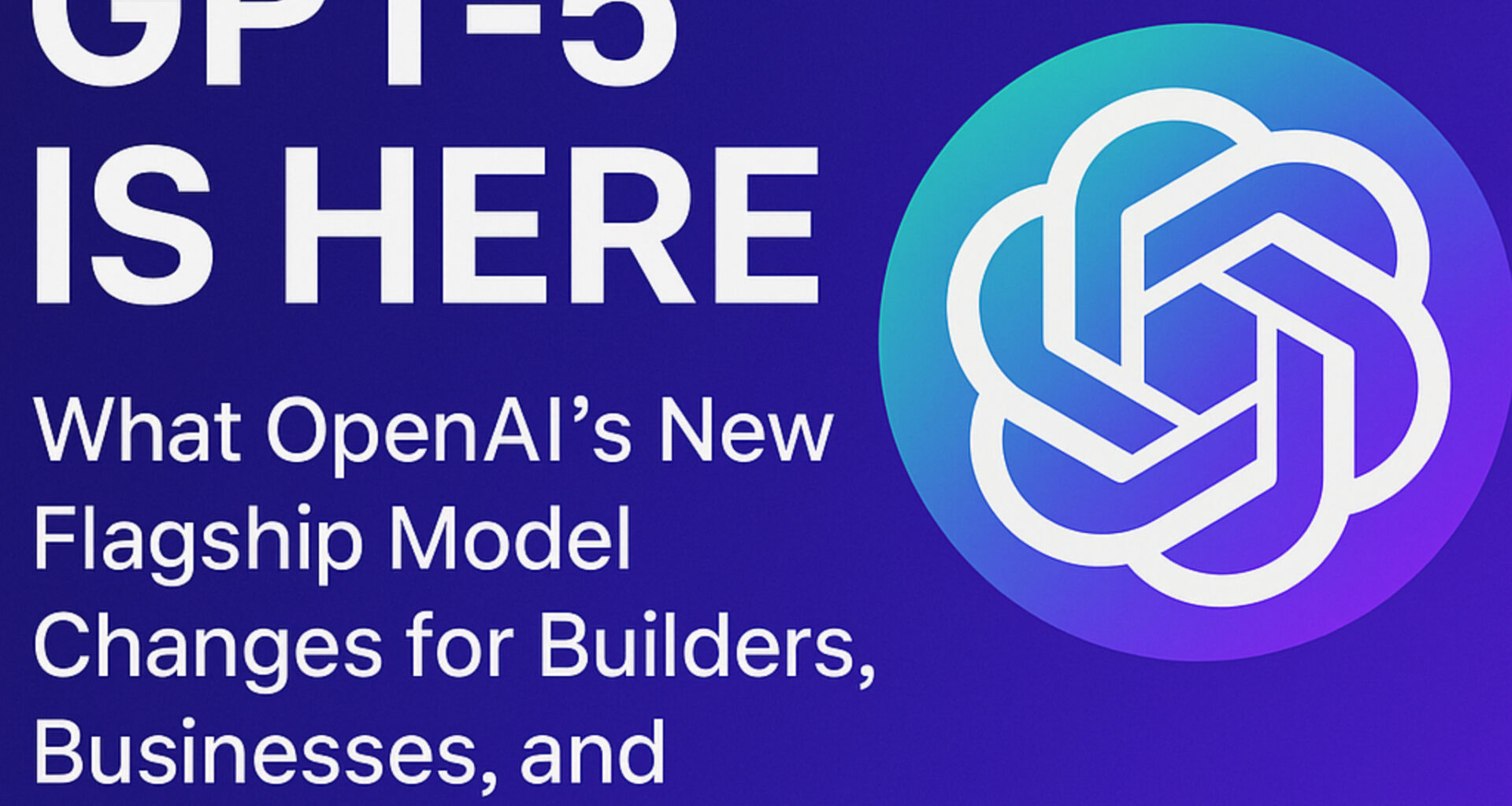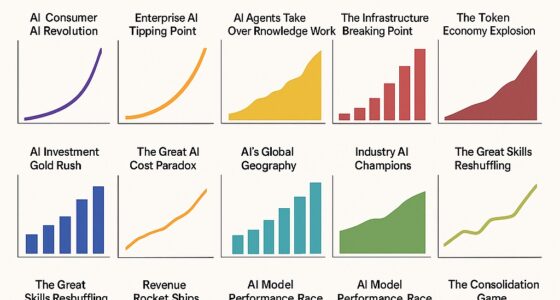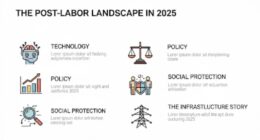Published: August 7, 2025 (Europe/Berlin)
TL;DR
OpenAI launched GPT-5 today and pushed it broadly across ChatGPT (including free users), Microsoft Copilot products, and the OpenAI API. It’s faster, more reliable at multi-step reasoning and coding, and comes in three API sizes—gpt-5, gpt-5-mini, and gpt-5-nano—with aggressively lower prices than previous flagships. Microsoft flipped on a new Smart mode that routes tasks to GPT-5 where it helps most. Context is up to 400K tokens on the official docs (with some outlets reporting even higher in marketing copy), and early enterprise positioning frames GPT-5 as a “subject-matter expert” for real work. (OpenAI, The Verge, Source, OpenAI Platform)
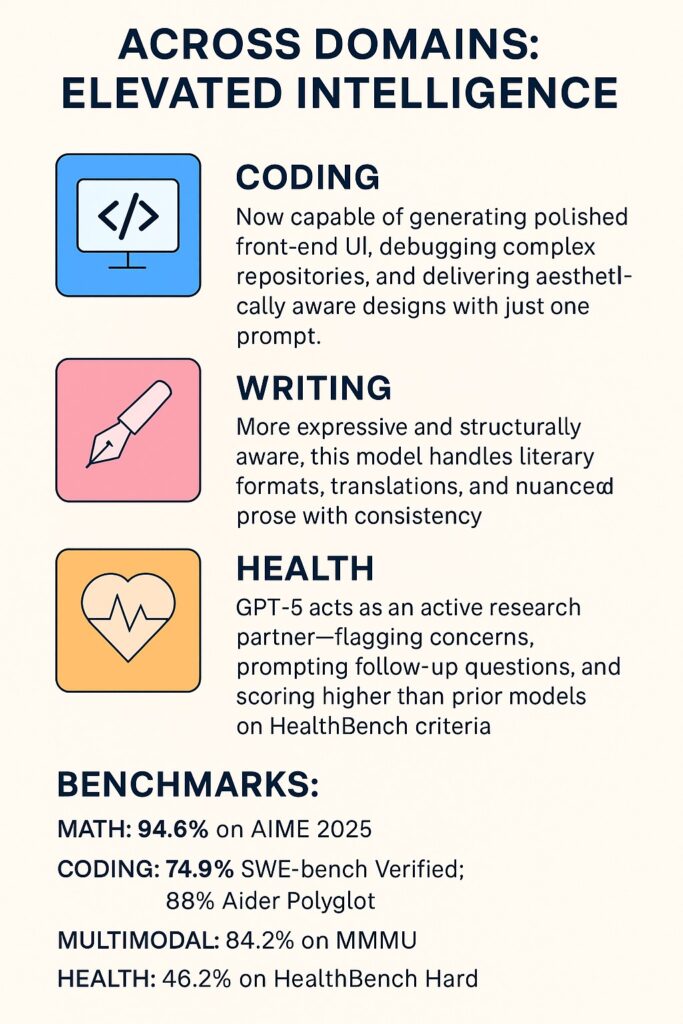
What actually launched
- ChatGPT now uses GPT-5, with free users getting access (higher limits on paid tiers). (The Verge, WIRED)
- Microsoft integrated GPT-5 across Copilot, Microsoft 365 Copilot, GitHub Copilot, and Azure AI Foundry via Smart mode model routing. (The Verge, Source)
- Developers get three API variants: gpt-5, gpt-5-mini, gpt-5-nano, plus a separate “GPT-5 in ChatGPT” router system under the hood. (OpenAI)
Headline capabilities
- Stronger reasoning & coding: OpenAI says GPT-5 beats their previous top reasoning/coding models on internal and public evals (e.g., SWE-bench Verified), and partners like Cursor and GitHub are already lighting it up. (OpenAI)
- Enterprise focus: Marketed as “our best model for work,” with improved long-context handling, conversation stability, and fewer tool calls to get the same job done. (OpenAI)
- Ecosystem rollout: GitHub Copilot exposes GPT-5 in public preview; Microsoft’s Copilot Smart mode dynamically switches models for task fit. (The GitHub Blog, The Verge)
Context window and performance
- OpenAI docs list 400,000 tokens context and 128,000 max output for GPT-5 and the mini/nano variants. That’s built for long specs, multi-file codebases, or large document packs. (Some media mention even larger windows; go by the docs when building production systems.) (OpenAI Platform, OpenAI)
Pricing (API)
OpenAI undercut prior flagships materially:
- gpt-5: $1.25 / 1M input tokens, $10 / 1M output tokens
- gpt-5-mini: $0.25 / 1M input, $2.00 / 1M output
- gpt-5-nano: $0.05 / 1M input, $0.40 / 1M output (OpenAI, Simon Willison’s Weblog, OpenAI Platform, TechCrunch)
This is… aggressive. Expect teams to re-run cost/perf bake-offs against Claude, Gemini, and DeepSeek this week.
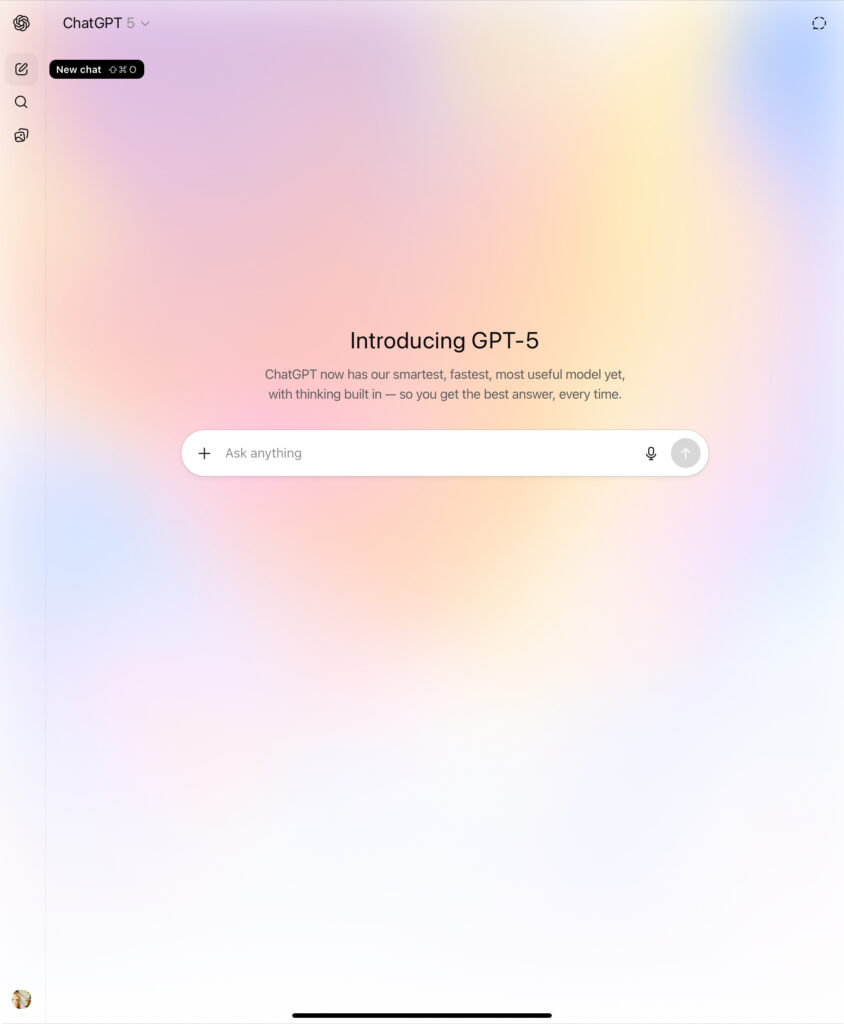
Availability matrix (quick view)
- ChatGPT (web & apps): GPT-5 on by default, free users included (paid tiers get more usage). (The Verge)
- Microsoft: Copilot (consumer & M365), GitHub Copilot, Azure AI Foundry support. (The Verge, Source)
- OpenAI API:
gpt-5,gpt-5-mini,gpt-5-nanolive today. (OpenAI)
Strategic backdrop (why this matters)
- First major leap since GPT-4 (2023): Media are treating GPT-5 as the barometer for whether the last two years of AI hype is paying off. (AP News)
- Workflows over wow-demos: The pitch is “expert-level intelligence you can trust for work,” with Microsoft’s distribution giving it instant enterprise reach. (OpenAI, The Verge)
- Scale + governance story: OpenAI highlights 700M weekly ChatGPT users and PBC-style moves to align incentives—positioning ahead of regulatory pressure and enterprise risk reviews. (OpenAI, AP News)
Early guidance for teams
- Re-benchmark immediately. If you’re on GPT-4/4.5 or o-series today, test GPT-5 at your actual workloads—coding agents, RAG pipelines, planning/reasoning tasks. Track latency, tool-call count, and token budgets; OpenAI claims fewer tool calls for the same outcomes. (OpenAI)
- Exploit the tiering. Use mini/nano for high-volume, low-complexity paths (classification, extraction, draft-summaries) and reserve full GPT-5 for gnarly reasoning or generation where it moves KPIs. (OpenAI)
- Long-context ≠ forget retrieval. 400K tokens is generous, but RAG with selective chunking still wins on speed and cost. Treat long context as a safety valve for edge cases, not your default. (OpenAI Platform)
- Governance now, not later. If you’re in regulated spaces (health/finance/biotech), refresh your model risk assessments and red-team plans against GPT-5’s new capabilities and failure modes. Major outlets are already flagging “high-risk” misuse areas. (Financial Times)
What to watch next
- Eval transparency: Expect deeper third-party evals on reasoning and code agents over the next 2–3 weeks. (OpenAI)
- Pricing pressure on rivals: GPT-5’s pricing may force immediate cuts across the board; look for announcements from Anthropic/Google. (TechCrunch)
- Router behavior in the wild: Microsoft’s Smart mode and ChatGPT’s internal routing will shape user perception—watch for drift, consistency, and edge-case failures. (The Verge)

